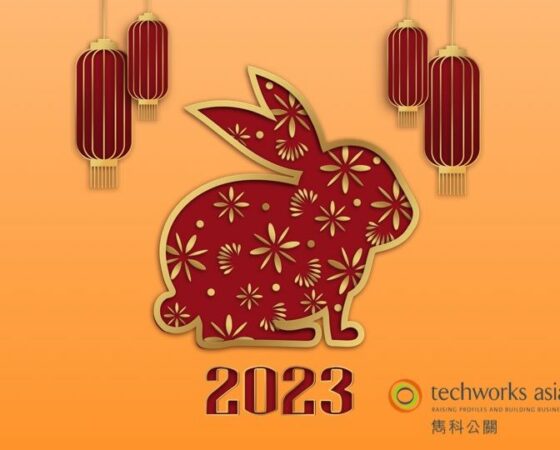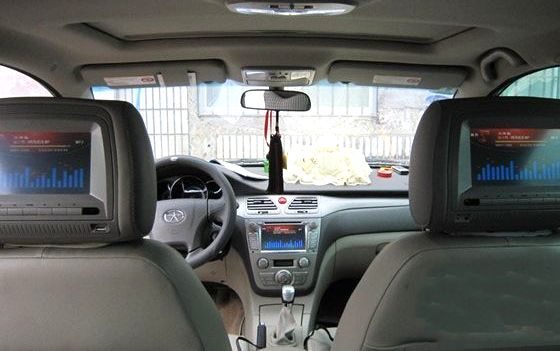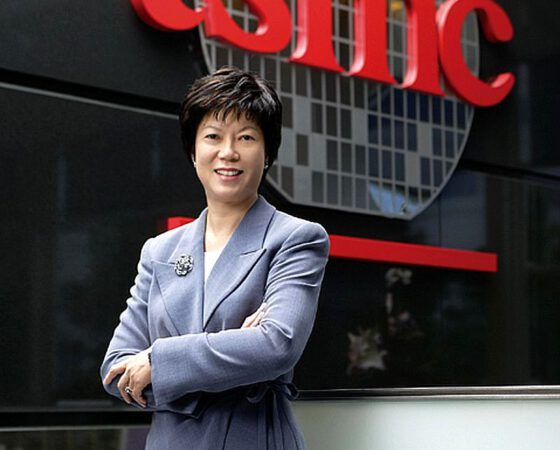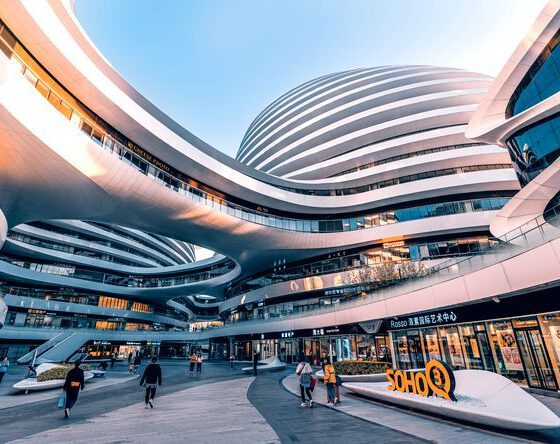China’s packaging market now the world’s second-largest. Entrepreneurs with an eye on opportunities in China will be excited to learn that the country’s packaging industry has been growing at a rapidly escalating pace.

In fact, China is now the world’s second-largest packaging market after the US.1 As China has grown economically, local consumers have become better-off, driving demand for a range of luxury goods that includes up-market food and wine, cosmetics, and high-quality brand medicines. As though in stealth mode, China has now emerged from decades of austerity to a cosmopolitanism that can often resemble that of the West.
According to the market research report, “Trends and Opportunities in the Chinese Packaging Industry”, the sector will grow at a CAGR of 5.4% between 2016 and 2021, compared to 4.5% during 2011-2016. Strong growth drivers include rapid urbanisation, an expanding middle class, and an ageing population.2
“Expanding middle class”, with “middle” hinting at some form of undefined “upper class”, implies social sophistication, and certainly that is the purchasing style. Consumer goods are now available with all the convenience of e-commerce and cashless payment systems. It shouldn’t come as a surprise to anyone that packaged goods in China are expected to achieve sales of US$1 trillion by 2020.3
Moving up the food chain
Catering to a population of over 1.4 billion4, China’s Food-and-Beverage (F&B) industry is huge. Since 2011 – again, almost in stealth mode – China has surpassed the US to become the world’s largest consumer market for F&B products. Convenience is undoubtedly an important factor. Young professionals, whether in China or elsewhere, don’t want to be spending hours in the kitchen. Even so, we’re not talking about junk food. With greater purchasing power has come a growing focus on food quality and food safety.5
It’s considered vital to make food-and-drink labelling attractive to young people, but the packaging of F&B products is absolutely central to quality. This means that the basic packaging, what the F&B products actually arrive in, is the paramount consideration. Beers and wines, for example, are notoriously sensitive to less than optimal handling in transit. Excess light and high temperatures, plus any knocks and bangs, can ruin premium-brand drinks.
Add to that, a growing number of China’s consumers are health and “wellness” minded, and packaging designed to promote the needs of a healthy lifestyle could well result in a major sales boost. F&B labelling can align with this “health halo” effect by reassuring the potential buyer that the ingredients are natural, as opposed to factory-processed, are listed accurately and absolutely free from impurities.
Packaging pharmaceuticals
The global pharmaceutical packaging market is predicted to exceed US$ 90.6 billion by 20226, as ageing populations drive up demand. In addition, the generic sector has understandably mushroomed, originally motivated by urgent calls for cheaper drugs for HIV patients.
Against this global backdrop, China is now the second largest pharmaceuticals market in the world and is forecast to grow from US$108 billion in 2015 to US$167 billion by 2020, representing annual growth of 9.1%.6 As such, China is expected to pose one of the highest levels of demand for pharmaceutical product packaging, driven by rising incomes, an ageing population, the switch from the one-child policy to a two-child policy, and a determination to make medical services available to all. Clearly, China offers many opportunities for packaging specialists able to meet the special requirements of the sector.
What are those special requirements? What applies to the F&B sector applies to pharmaceuticals with a vengeance. The basic packaging must be robust and totally contaminant proof and able to remain so. Considerations that apply with great sensitivity to alcoholic drinks apply even more so to pharmaceuticals. When it comes to temperature, some vaccines in particular call for the use of a cold-chain in delivery. In a large and diverse country such as China, the logistical challenges could be relentless.
When it comes to generics, consumer activists in the West are now being vocal about the fraud and medical dangers inherent in many of these products. We can expect these concerns to be raised within China also. Vendors of packaging equipment will want to ensure that the ingredients, the origins of those ingredients, and the correct dosage are exactly as stated on the product package, with color-coding playing a major role.
The dynamics of China’s vibrant pharmaceuticals sector demand innovations in speed, efficiency and delivery, combined with rigorous QA. Those who can rise to the challenges could well see them transformed into opportunities.
References
- https://www.saiasia.com/the-packaging-industry-in-china-and-asia/
- https://www.reportlinker.com/p04815053/Trends-and-Opportunities-in-the-Chinese-Packaging-Industry.html
- https://www.bizvibe.com/blog/china-packaging-industry-expects-sharp-growth/
- According to UN estimates. See https://www.worldometers.info/world-population/china-population/
- https://www.bizvibe.com/blog/chinas-food-beverage-industry-overview/
- http://www.chinadailyhk.com/articles/75/87/210/1541652067924.html






